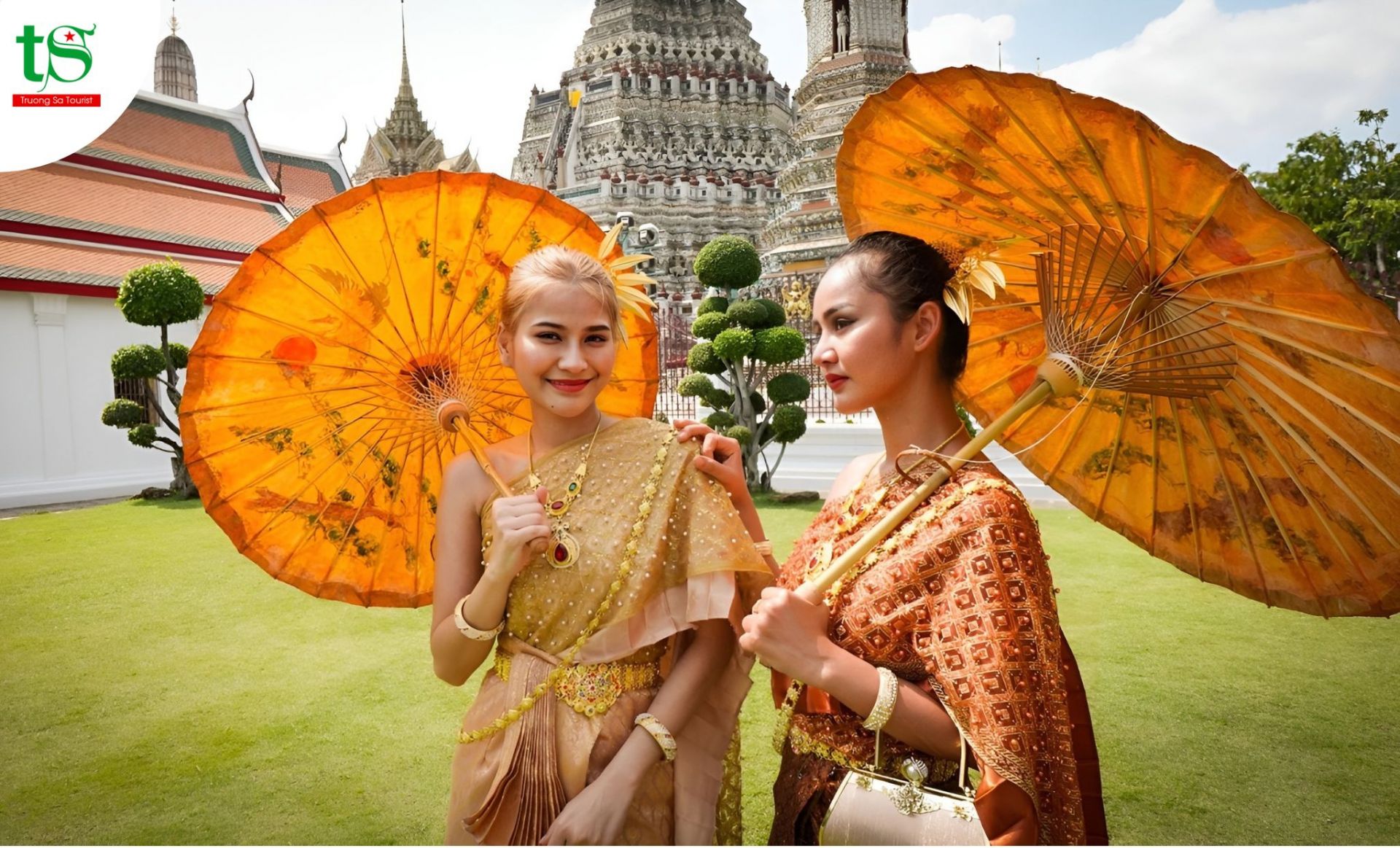 |
| Wat Arun is so famous that many consider it a symbol of Thailand and one of the most beautiful temples in Thailand. |
Shwedagon Pagoda (Myanmar)
Shwedagon, also known as the Golden Pagoda, is located in the capital Yangon. This is the most sacred place and the pride of the people of Myanmar. The pagoda complex was built more than 2,500 years ago, consisting of 1,000 small pagodas surrounding a 99m high tower, covered with 9,300 thin gold leaves, 5,450 diamonds and 2,320 other precious stones. The top of the tower has 1,065 gold bells and 421 silver bells. Under the sunlight, the pagoda sparkles like the sun.
Pha That Luang Temple (Laos)
Pha That Luang means great stupa or relic stupa in the local language. This is one of the most famous monuments in the capital Vientiane. The pagoda was built in 1566 during the reign of King Setthathirat, shaped like a giant stupa representing Buddhist enlightenment. Pha That Luang was destroyed by the Thai invasion in 1828 and rebuilt in 1931.
Wat Arun Temple (Thailand)
Wat Arun is located on the west bank of the Chao Phraya River and is one of the most magnificent and tourist -attracting temples in Bangkok. Wat Arun translates to dawn in Vietnamese. Wat Arun is so famous that many consider it a symbol of Thailand and one of the most beautiful temples in Thailand.
The temple has a sophisticated architecture, simulating the architecture of the Indian "Meru cosmic mountain". The temple has a 79m high Phra Prang tower inlaid with Chinese porcelain on the roof and pedestals. When dawn or dusk falls, the golden temple sparkles. Therefore, any tourist on the Bangkok - Pattaya tour wants to visit and especially attracts young people to check-in because of its beautiful architecture and mysterious space.
Angkor Wat Temple, Borobudur, Ali Saifuddin
When going on a spring pilgrimage, visitors should not miss Angkor Wat - the precious gem of the country of pagodas and towers located 5.5km from Siem Reap town (Cambodia). Angkor Temple covers an area of about 200 hectares and was built in the 12th century to commemorate the god Vishnu. Later, the temple was used as a place to worship Buddha after the Cambodian monarchy converted to Buddhism. In 1992, the Angkor Wat complex was recognized by UNESCO as a World Cultural Heritage.
Borobudur Temple was built in the 8th and 9th centuries by the Sailendra Dynasty, 40km northwest of Yogyakarta, Indonesia. The exquisite Buddhist wonder was recognized by UNESCO as a World Heritage Site in 1991. The structure consists of 5 square terraces, followed by 3 circular terraces and topped by a large stupa built from about 2 million blocks of gray volcanic rock quarried on the island of Java.
Omar Ali Saifuddin Mosque has typical Islamic architecture, symbolizing the wealth and prosperity of the Brunei Kingdom. The mosque was built in 1958, 52m high, the dome is gilded, the walls, columns, arches and towers are made of Italian marble. The mosque is surrounded by many trees and flowers, according to Islam, it is a symbol of heaven.
Cebu Taoist Temple (Philippines)
Located in Beverly Hills Subdivision, Taoist Temple is 300m above sea level. It is one of the most famous tourist attractions in Cebu City. Built in 1972, the temple entrance is modeled after the Great Wall of China. It is a place of Taoism and a sacred destination for the Chinese community living in Cebu.
Kek Lok Si Temple (Malaysia)
Kek Lok Si, also known as the Pure Land Temple, is the largest temple in Southeast Asia. The temple was built in 1893, and stands out with its 7-storey octagonal stupa designed in a Chinese style combined with Thai and Burmese architecture. The central courtyard of the temple features a statue of the Four Heavenly Kings, which are solemnly worshiped, each ruling a different direction. This is the most popular spiritual destination for visitors from all over the world.
Buddha Tooth Relic Temple (Singapore)
The temple is located in the heart of Chinatown and is the pride of Buddhists in Singapore. The temple was built in 2007 to preserve the Buddha tooth relic found in a collapsed stupa in Myanmar. The temple has a magnificent architecture, consisting of 5 floors above ground and a basement, arranged in the Mandala style, expressing the Buddhist concept of "the universe and all things" and bearing many architectural features of the Tang Dynasty (China).
Hai Yen
Source: https://baobariavungtau.com.vn/du-lich/202502/du-xuan-den-nhung-ngoi-chua-noi-tieng-dong-nam-a-1033737/


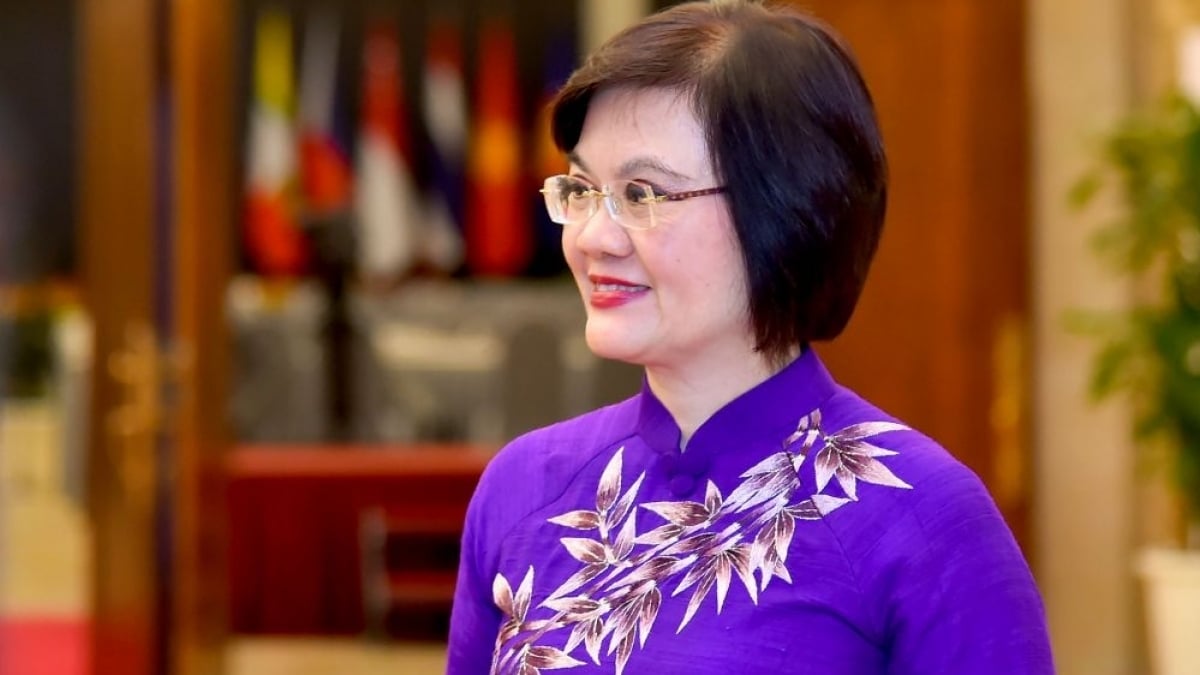







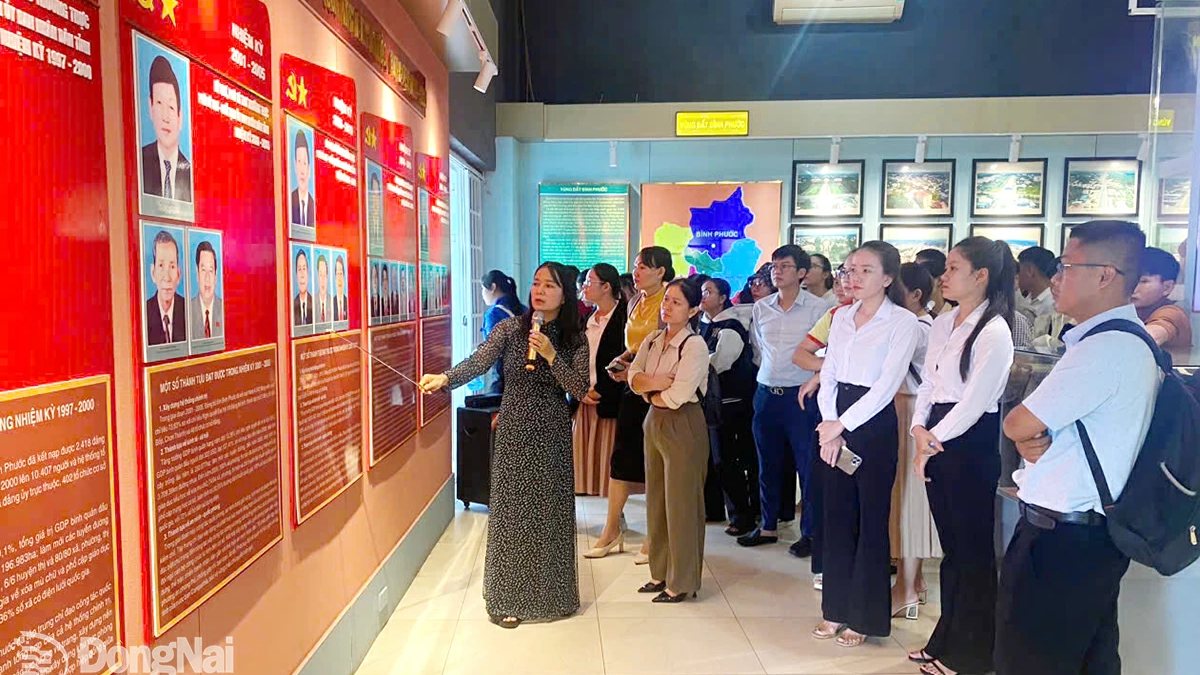

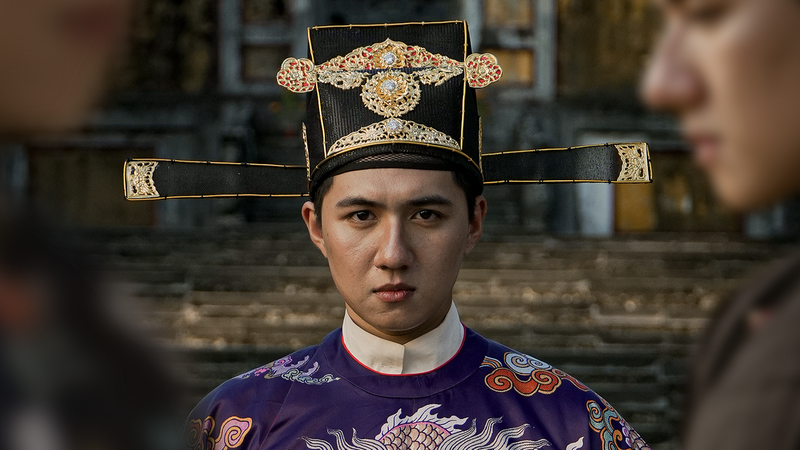
























































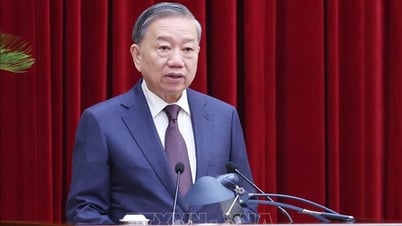






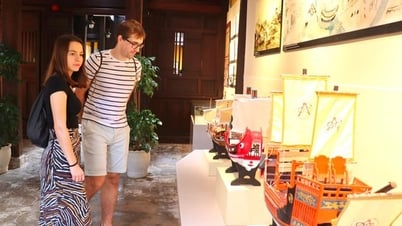





















![[Infographic] In 2025, 47 products will achieve national OCOP](https://vphoto.vietnam.vn/thumb/402x226/vietnam/resource/IMAGE/2025/7/16/5d672398b0744db3ab920e05db8e5b7d)





Comment (0)